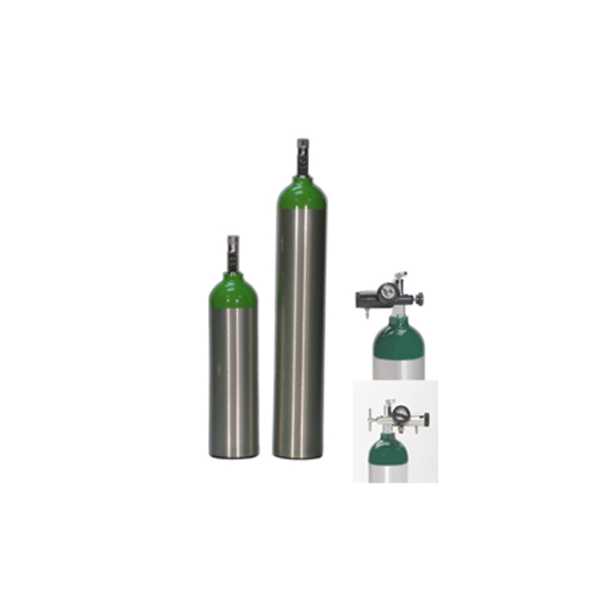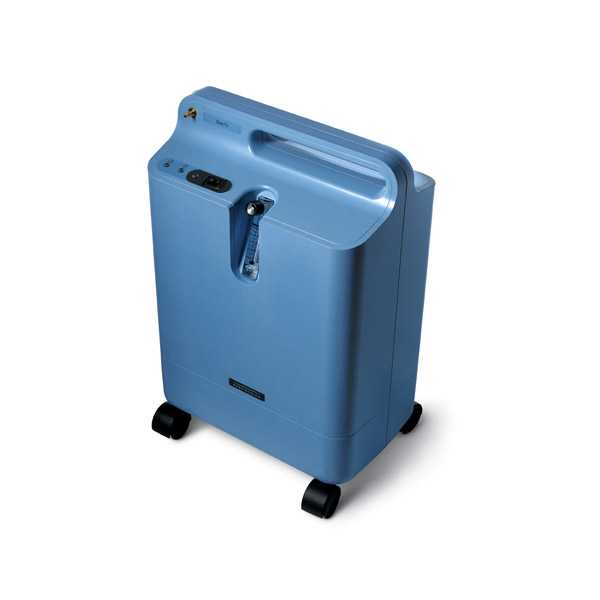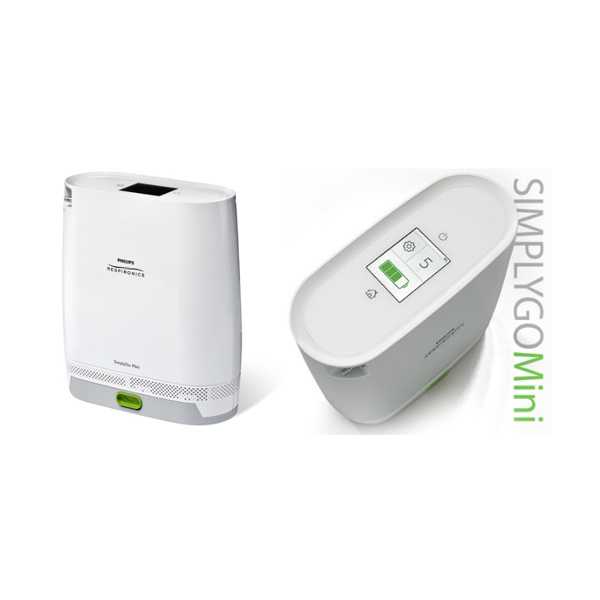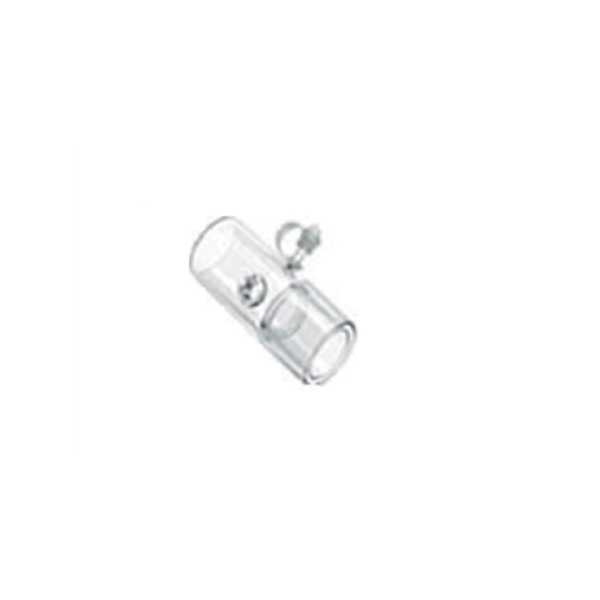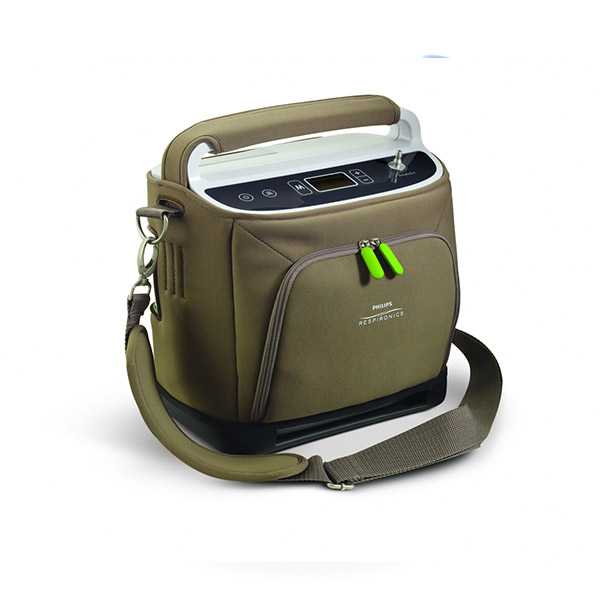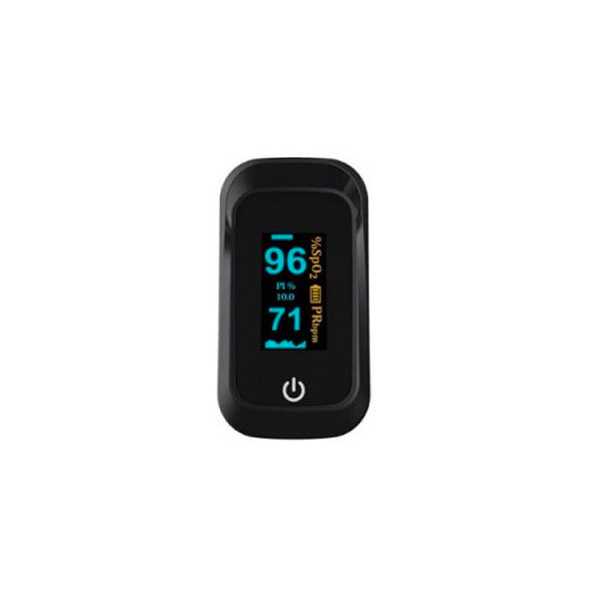oxygen concentrator parts
These Might be of Interest
description
Ever since the beginning of the pandemic, we have been hearing about how oxygen concentrators have saved thousands of people from COVID-related acute respiratory distress.
Not a new invention, oxygen concentrators have been used since decades to supply supplemental oxygen to people suffering from heart failure, sleep apnea, asthma, COPD, and other diseases that cause compromised lung functioning.
So What Is An Oxygen Concentrator?
This is a medical device that takes in the ambient air and separates the oxygen from the nitrogen and supplies it to the user through a nasal cannula. This helps ease the burden on the lungs allowing the user to breathe easily.
Which Parts Make Up An Oxygen Concentrator?
An parts of oxygen concentrator has various components that work in tandem to supply oxygen to the user and include:
NASAL CANNULAS
Also known as a nasal oxygen tube, a nasal cannula delivers oxygen to the person who needs assistance in breathing. This is a thin plastic tube that has two prongs, which are placed in the user’s nostrils. It is fitted behind the user’s ears and is connected to the concentrator through a flowmeter. The capacity of the nasal tube ranges between 1-5 liters of oxygen per minute.
POWER CORDS
When not run on batteries, an oxygen concentrator uses power to function. Depending on the severity of your condition, at times you may need an oxygen supply for a longer time. In this case, connecting it to an AC power source works better than running it on batteries.
HUMIDIFIER BOTTLES
Some people may get dry or itchy throat after receiving oxygen therapy. A humidifier bottle humidifies the oxygen that is being supplied to the user to make the breathing treatment comfortable. Most of the bigger concentrators that are used to supply higher volumes of oxygen have an in-built humidifier.
TUBING CONNECTOR
There are times when you may want to change the length of your oxygen tubing. For instance, a bed-ridden person will require a longer tube to help him breathe using an oxygen concentrator. A tubing connector helps you to join two pieces of tubes together to increase their length without letting them crack.
how can we help?
Portea offers a range of superior healthcare services, including doctor consultations, physiotherapy, nursing home care, diagnostics and vaccination services. We are delighted to offer the dependable and affordable Oxygen Concentrator such as Oxygen Concentrator Parts on rent and purchase. Engineered for user-friendliness and minimal upkeep. Rely on us for top-tier healthcare solutions tailored to your requirements.
faqs
How to use an Oxygen Concentrator?
Discover our expert advice on setting up and utilizing an oxygen concentrator:
- Gather all components and assemble them.
- Position the concentrator at least 2 feet away from walls or furniture.
- If using a humidifier bottle, attach it along with the cap.
- Connect the oxygen tubes securely.
- Adjust the flow per minute to your requirement.
- Wear the mask or nasal cannula on your face.
- Inhale for the necessary duration and then remove the mask/cannula.
- Turn off the concentrator.
How to choose the best Oxygen Concentrator?
A concentrator can only be bought with a doctor’s prescription. Once you have that, here are some pro tips to help you choose the best oxygen concentrator:
A doctor’s prescription is necessary for purchasing a concentrator. Consider these expert tips for selecting the most suitable oxygen concentrator:
- Opt for a concentrator with a higher flow rate than your needs.
- Choose a high-powered device with increased oxygen concentration for continuous usage.
- For sporadic and low requirements, a smaller portable oxygen concentrator device may suffice.
- Noise levels correlate with size and power, so larger devices tend to be noisier.
- Explore Portea’s website for top-quality oxygen concentrators available for rent or purchase.
How long can I use an Oxygen Concentrator?
Oxygen concentrators can be used continuously, 24 hours a day, as they don’t require refilling like oxygen cylinders. These devices extract oxygen from ambient air and operate on electricity, offering a convenient and reliable option for regular supplemental oxygen therapy. Adhering to manufacturer guidelines and consulting healthcare professionals for specific instructions is crucial.
Can we sleep with an oxygen concentrator?
Sleeping with a portable oxygen concentrator is feasible and beneficial for maintaining adequate oxygen levels during sleep. Many individuals report improved breathing and overall sleep quality. Consult a healthcare professional for personalized guidance on settings and oxygen flow rates to ensure safe and effective use during sleep.
What are the side effects of oxygen Concentrators?
While generally safe for oxygen therapy, oxygen concentrators may cause side effects such as dry or bloody noses, tiredness, and morning headaches. Strict adherence to guidelines and precautions is vital, as oxygen poses a fire risk. Avoiding smoking or flammable materials during oxygen therapy is crucial. Consult with healthcare professionals to address concerns or potential side effects related to oxygen concentrator usage.
Doctor Consultation
Nursing
Physiotherapy
Trained Attendant
Elder Care
Mother & Baby Care
Lab Tests
Medical Equipment
Speciality Pharma
Critical Care

